2025 SALT Cap Could Hurt Top 'Hidden Home Cost'
The GOP tax bill could make hidden homeowner costs worse for you. Here’s how.
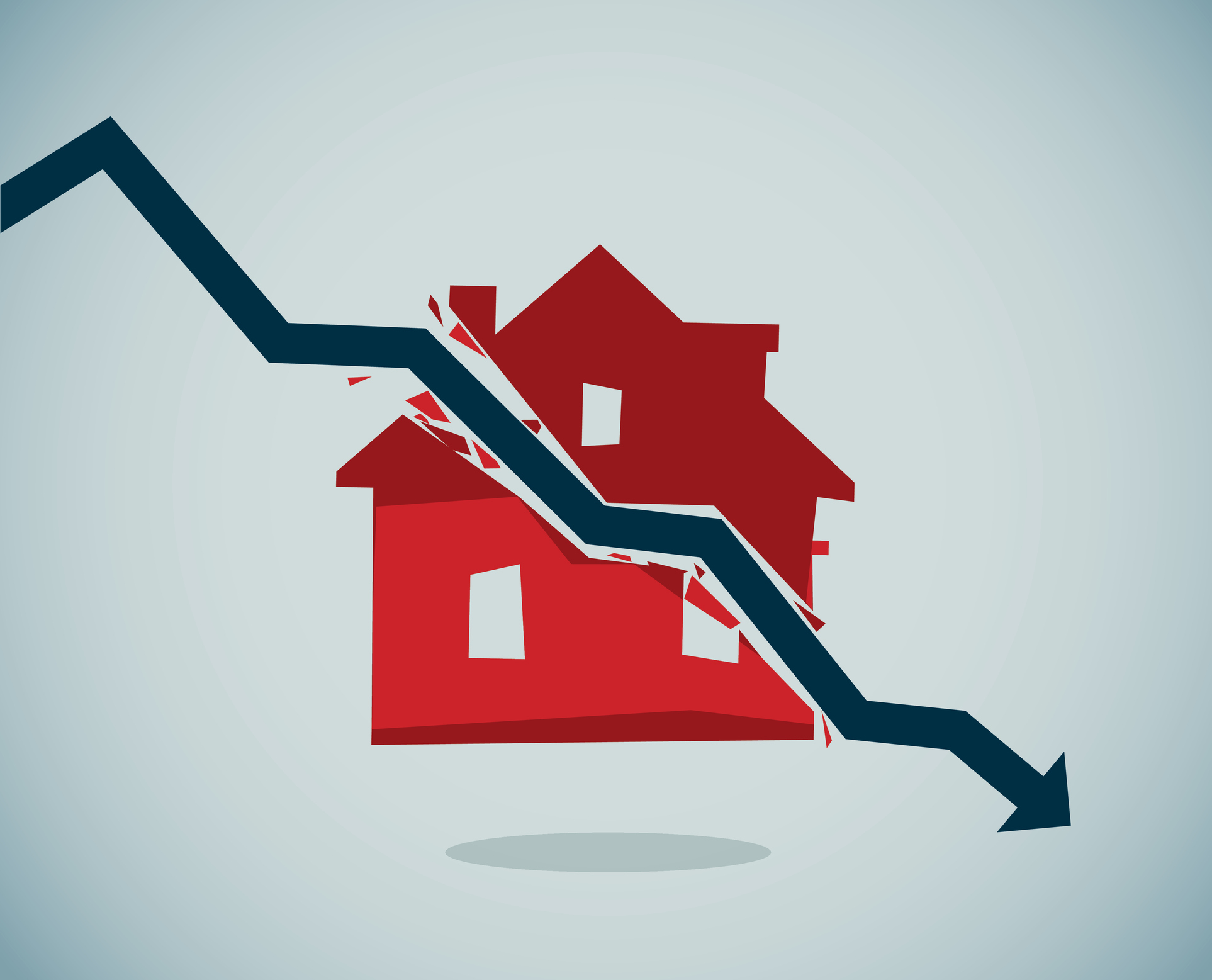

Homeownership can be a source of joy for many. Whether it’s a fresh start in a different locale or a new life with a loved one, some might call owning a home the “American Dream.”
But the financial costs of homeownership can be a nightmare.
The average annual cost of owning and maintaining a single-family home in the U.S. is over $21,000 a year, according to a 2025 Bankrate study.* Property taxes, maintenance fees, and other so-called “hidden home costs” have some homeowners paying over $34,000 annually in their state.
From just $107.88 $24.99 for Kiplinger Personal Finance
Become a smarter, better informed investor. Subscribe from just $107.88 $24.99, plus get up to 4 Special Issues

Sign up for Kiplinger’s Free Newsletters
Profit and prosper with the best of expert advice on investing, taxes, retirement, personal finance and more - straight to your e-mail.
Profit and prosper with the best of expert advice - straight to your e-mail.
Not to mention, recent political movements could make things challenging for American homeowners. The highly debated state and local tax (SALT) deduction could exacerbate home costs and lead to more expensive federal tax bills in 2026. Here’s what to know.
*Bankrate’s ‘hidden home cost of homeownership study’ included 49 out of the 50 U.S. states. New York was excluded due to data limitations.
Property tax among top home costs
As home prices have skyrocketed 197% in the last twenty-five years, hidden home costs are also on the rise. Here’s the pricetag for several items you might not expect when buying a home, according to Bankrate’s survey:
- Home maintenance. The average cost of maintaining a home is over $8,800 per year.
- Utilities and energy. The average annual bill for these services is nearly $4,500.
- Property taxes. Homeowners can expect to pay an average $4,316, if not higher, annually.
- Home insurance. Insuring a single-family home can cost almost $2,300 per year.
- Internet and cable. Homeowners pay an average of $1,515 annually for cable and internet services.
*These numbers come from one survey, costs and averages can vary widely by state and coverage amounts in the case of home insurance.
Another Bankrate survey revealed that nearly half of homeowners with buying regrets cited maintenance and other hidden costs as being “more expensive than expected.” Unanticipated costs, which can include property taxes, were the most common source of buyer regret.
SALT deduction cap could make property taxes more expensive
The SALT deduction has allowed taxpayers who itemize to claim state and local taxes on their federal return for over one hundred years.
But the $10,000 “cap” on SALT — limiting how much of a deduction for state and local taxes taxpayers may claim — has only been in place for about 7-8 years as of 2025. And has just been raised (temporarily) under Trump's new mega tax bill, often called the "One Big Beautiful Bill" (OBBB).
Created to offset the Tax Cuts and Jobs Act (TCJA) tax cuts, the “SALT cap” in the OBBB:
- Temporarily raises the SALT cap from $10,000 to $40,000 starting in 2025.
- Phases out for incomes above $500,000 (married filing jointly). (Incomes above $500,000 would still be subject to the $10,000 cap.)
- Will increase by 1% each year through the end of 2029.
- Reverts to the $10,000 cap for 2030 and beyond.
So what does this have to do with property taxes?
Well, a big part of your state and local tax (SALT) deduction may come from your property tax bill.
When the SALT cap hinders how much you can claim, that could be problematic for your property tax bill, particularly in states with high property taxes.
Worst states for SALT Cap
While taxpayers in all states can be affected by a sustained SALT cap, seven could be hit the hardest when looking at the state and local tax collections per capita from the Tax Foundation:
- District of Columbia (D.C.), where taxpayers pay an average of $14,974 in annual state and local taxes.
- New York with an average of $12,685 per capita.
- California, at $10,319 per capita.
- Connecticut with $9,718 per capita.
- Hawaii, with $9,503 per capita.
- New Jersey at $9,366 per capita.
- Massachusetts, with $9,341 per capita.
Although the above figures may have some state and local taxes that aren’t SALT deductions, per capita figures include property taxes, income taxes, and sales taxes — all of which may be included in SALT.
And keep in mind, the per capita numbers are just averages. SALT caps can significantly impact taxpayers who pay more in state and local taxes, especially as property tax rates soar.
Bottom line: Property tax rates are on the rise
Property taxes on single-family homes have risen nearly 7% in recent years, per ATTOM, a real estate data company.
- That’s almost double what the rate was the year before, and the largest in the last five years.
- If property taxes continue to rise, and the SALT cap remains, taxpayers could be sandwiched between having to pay higher property tax bills and being unable to claim a full deduction on those increased costs.
You may want to consult with a tax professional to prepare for legislative outcomes. Many families choose mid-year to get some tax planning done, and staying ahead of the curve can help you best respond to changes made on Capitol Hill.
Read More
- SALT Deduction: Three Things to Know
- States With the Lowest Property Tax
- Ten Tax Breaks for Homeowners and Homebuyers
Profit and prosper with the best of Kiplinger's advice on investing, taxes, retirement, personal finance and much more. Delivered daily. Enter your email in the box and click Sign Me Up.

Kate is a CPA with experience in audit and technology. As a Tax Writer at Kiplinger, Kate believes that tax and finance news should meet people where they are today, across cultural, educational, and disciplinary backgrounds.
-
 10 New Year's Resolutions for Retiring in 2026
10 New Year's Resolutions for Retiring in 2026These New Year's resolutions will help you retire in 2026 with confidence in your financial strategy.
-
 How Much Would a $50,000 HELOC Cost Per Month?
How Much Would a $50,000 HELOC Cost Per Month?Thinking about tapping your home’s equity? Here’s what a $50,000 HELOC might cost you each month based on current rates.
-
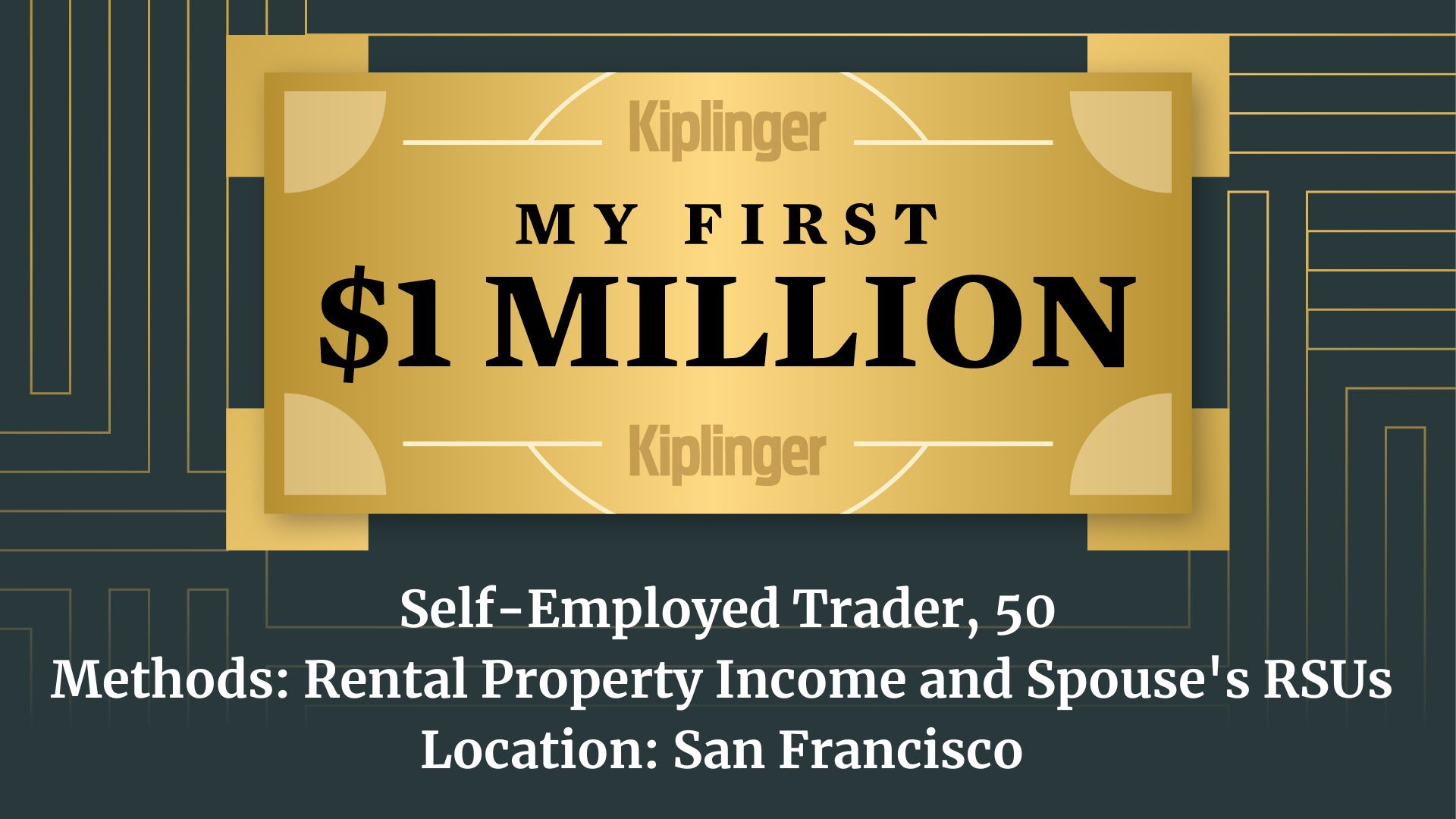 My First $1 Million: Self-Employed Trader, 50, San Francisco
My First $1 Million: Self-Employed Trader, 50, San FranciscoEver wonder how someone who's made a million dollars or more did it? Kiplinger's My First $1 Million series uncovers the answers.
-
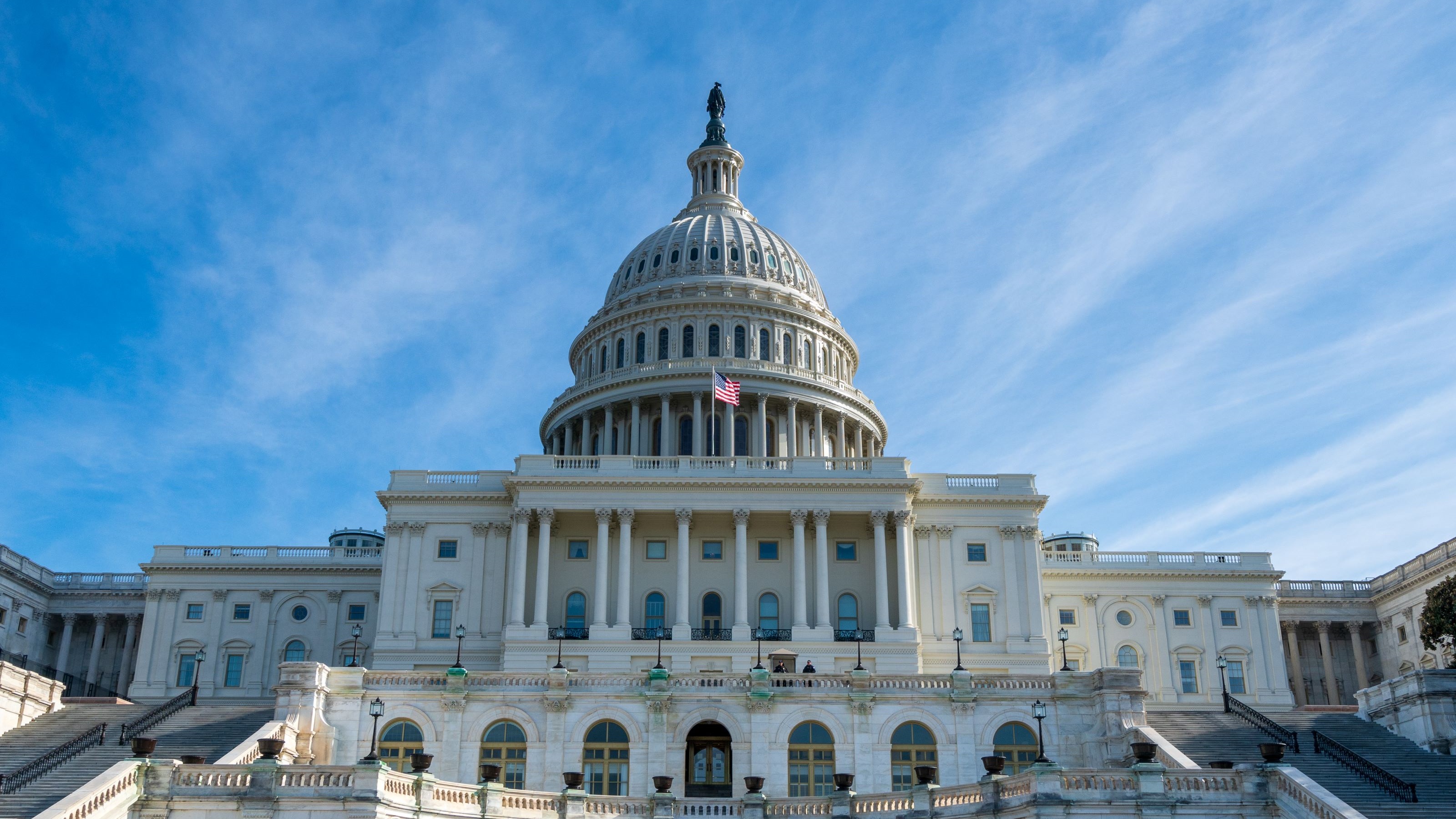 Is a New $25,000 Health Care Tax Deduction Coming in 2026?
Is a New $25,000 Health Care Tax Deduction Coming in 2026?Tax Policy A proposal from GOP Sen. Josh Hawley is adding to the chatter about health care affordability.
-
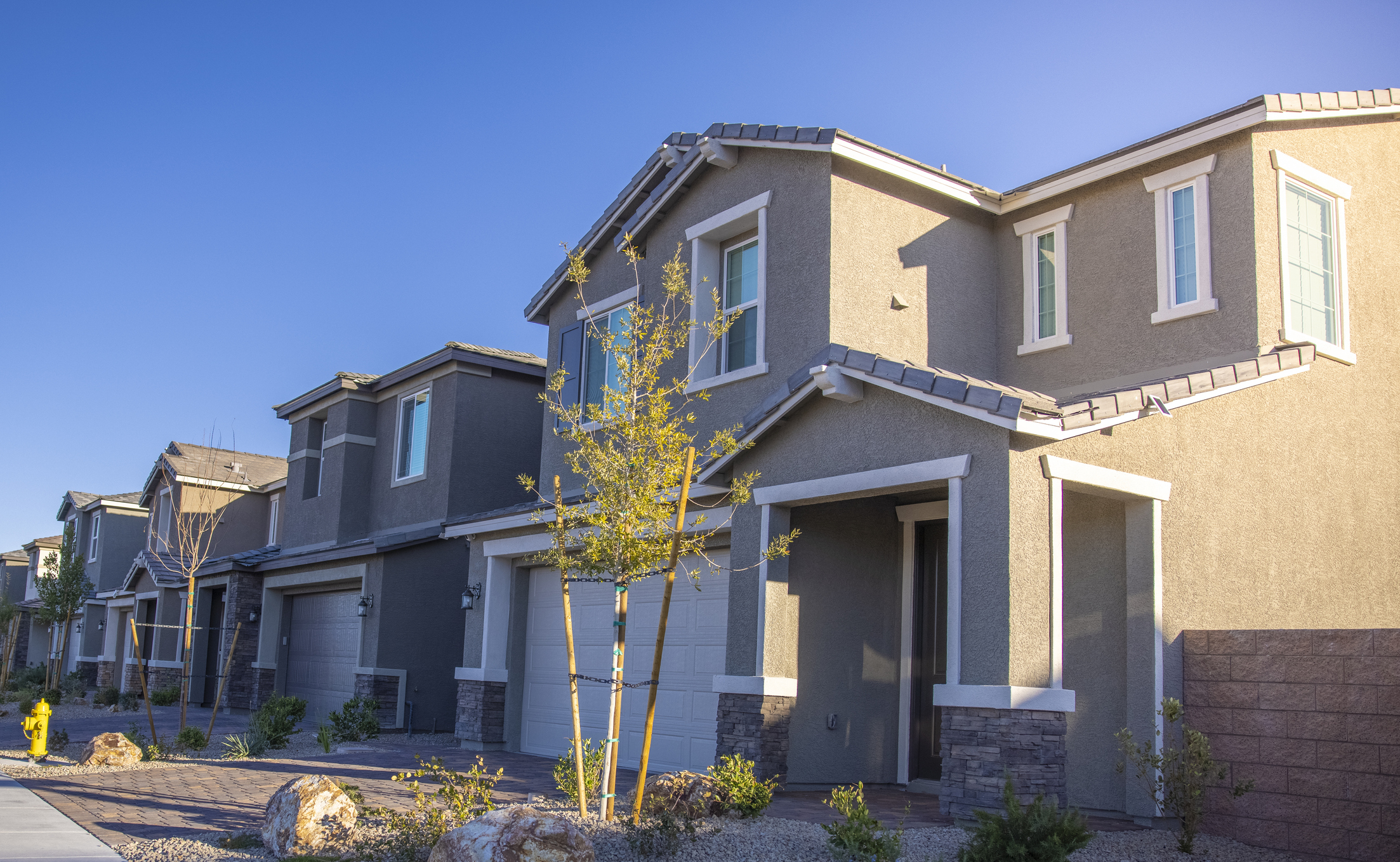 Are You Middle-Class? Here's The Most Tax-Friendly State For Your Family
Are You Middle-Class? Here's The Most Tax-Friendly State For Your FamilyTax Tips We found the state with no income tax, low property tax bills, and exemptions on groceries and medicine.
-
 Costco Sues Over Trump Tariffs: What Could That Mean for Prices in 2026?
Costco Sues Over Trump Tariffs: What Could That Mean for Prices in 2026?Tariffs The retailer is making headlines not just for its famous hot dog and gold bars but for suing the Trump administration over tariffs.
-
 Social Security Benefits Quiz : Do You Know the IRS Tax Rules?
Social Security Benefits Quiz : Do You Know the IRS Tax Rules?Quiz Social Security benefits often come with confusing IRS tax rules that can trip up financially savvy retirees and near-retirees.
-
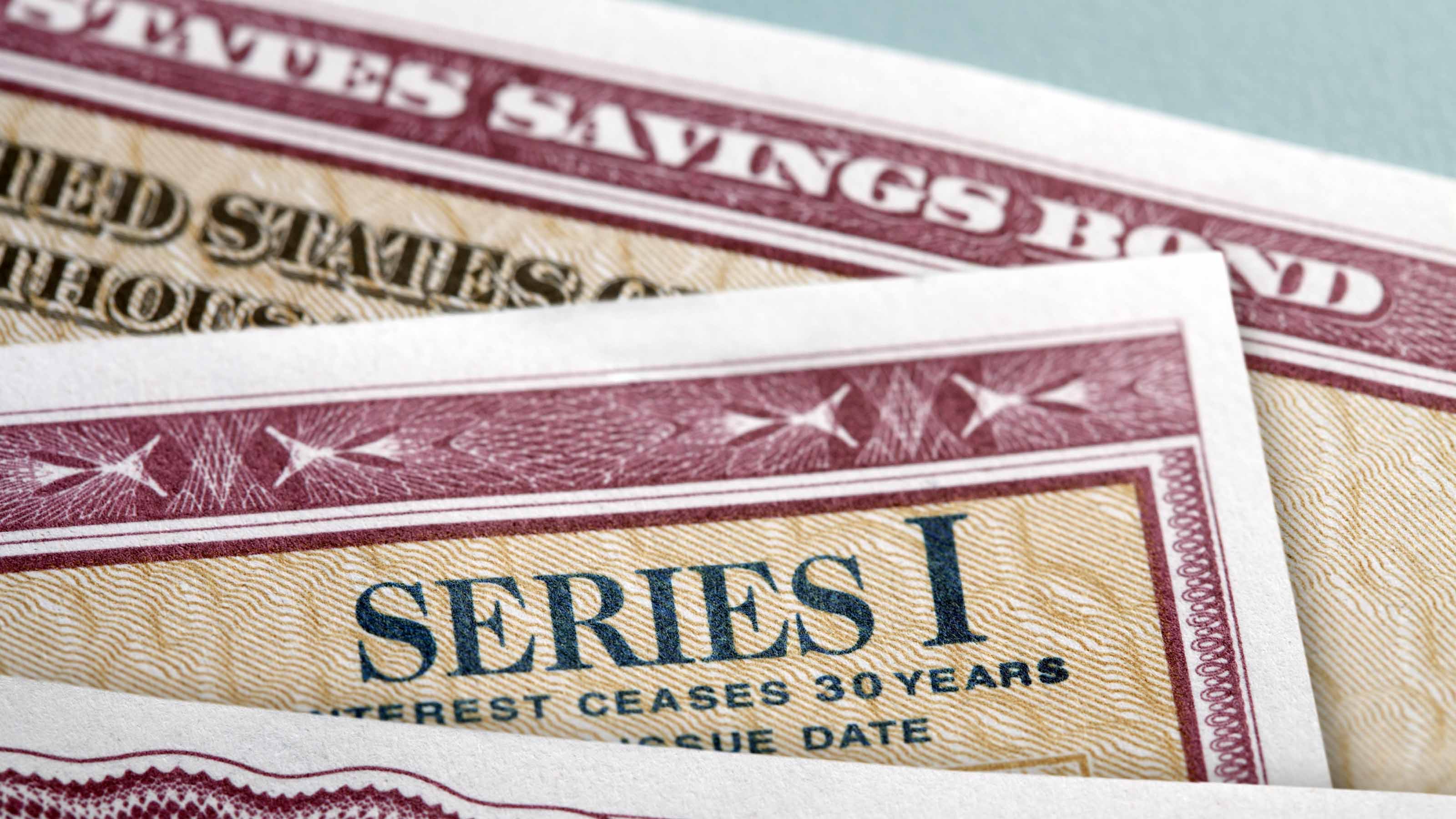 How Are I Bonds Taxed? 8 Common Situations to Know
How Are I Bonds Taxed? 8 Common Situations to KnowBonds Series I U.S. savings bonds are a popular investment, but the federal income tax consequences are anything but straightforward.
-
 New 2026 Tax Change Could Mean More for Your IRA and 401(k) Savings
New 2026 Tax Change Could Mean More for Your IRA and 401(k) SavingsRetirement Savings Here's how the new IRS inflation adjustments will increase the contribution limits for your 401(k) and IRA in the new year.
-
 Capital Gains Tax Quiz: How Well Do You Really Know IRS Investment Tax Rules?
Capital Gains Tax Quiz: How Well Do You Really Know IRS Investment Tax Rules?Quiz Take our capital gains tax quiz to test your investment taxes knowledge. Learn about loss rules, holding periods, and tax incentives that could impact your savings.
-
 6 Tax Reasons to Convert Your IRA to a Roth (and When You Shouldn't)
6 Tax Reasons to Convert Your IRA to a Roth (and When You Shouldn't)Retirement Taxes Here’s how converting your traditional retirement account to a Roth IRA can boost your nest egg — but avoid these costly scenarios.